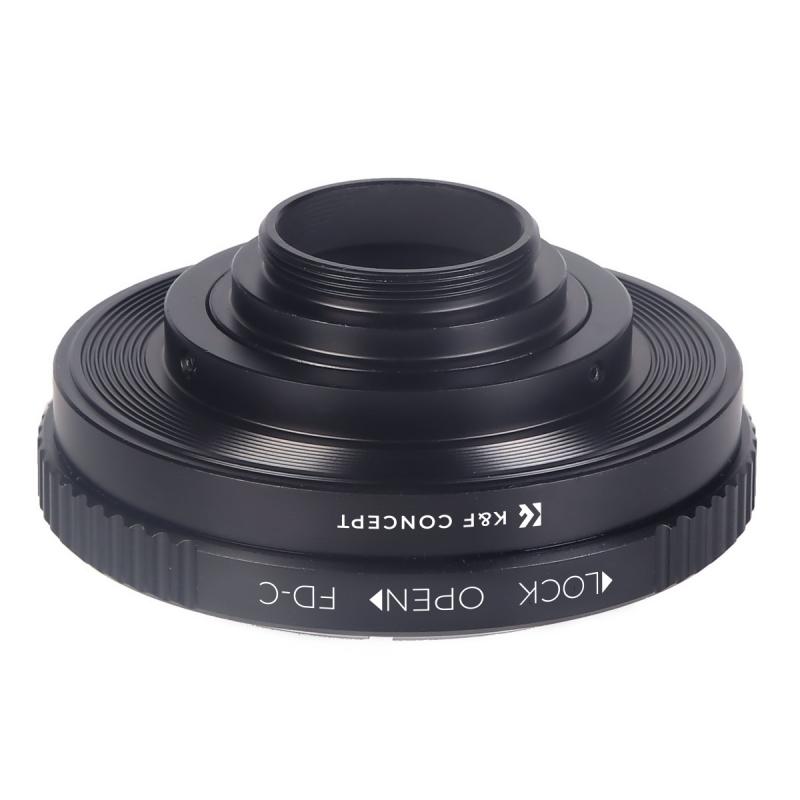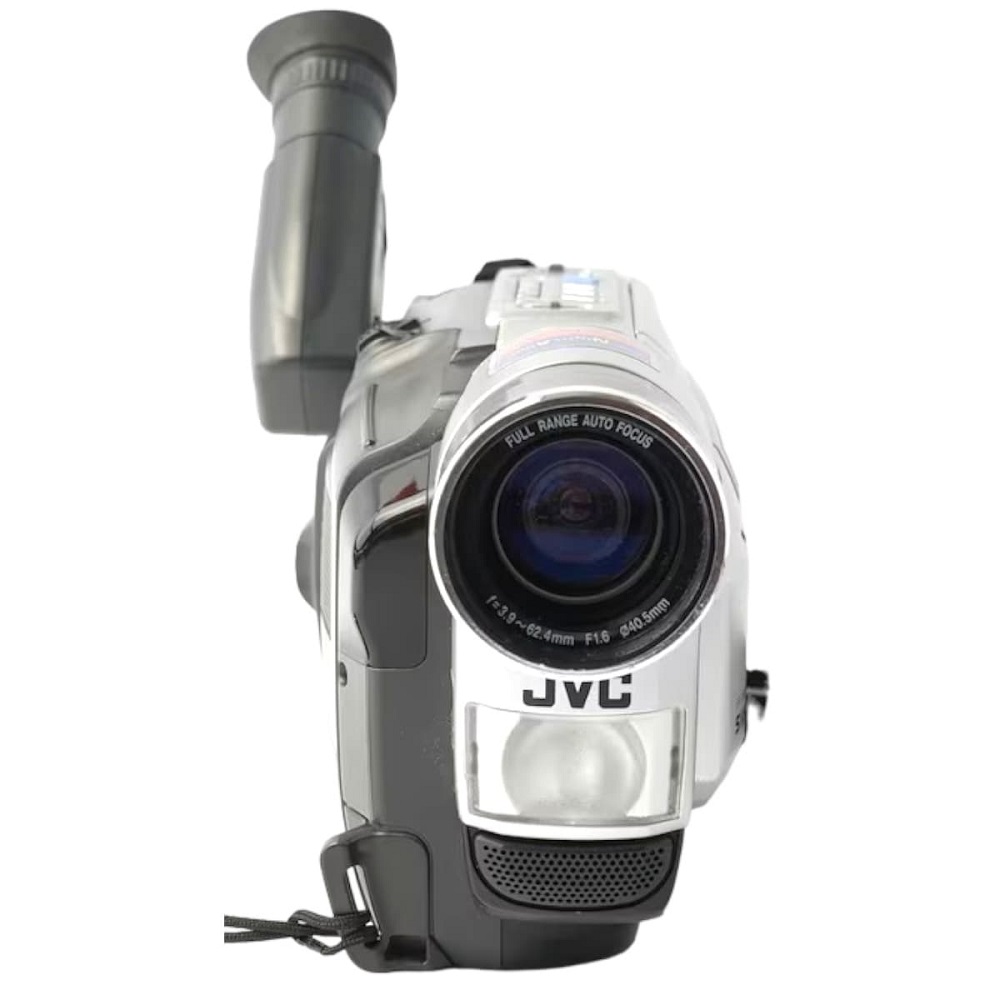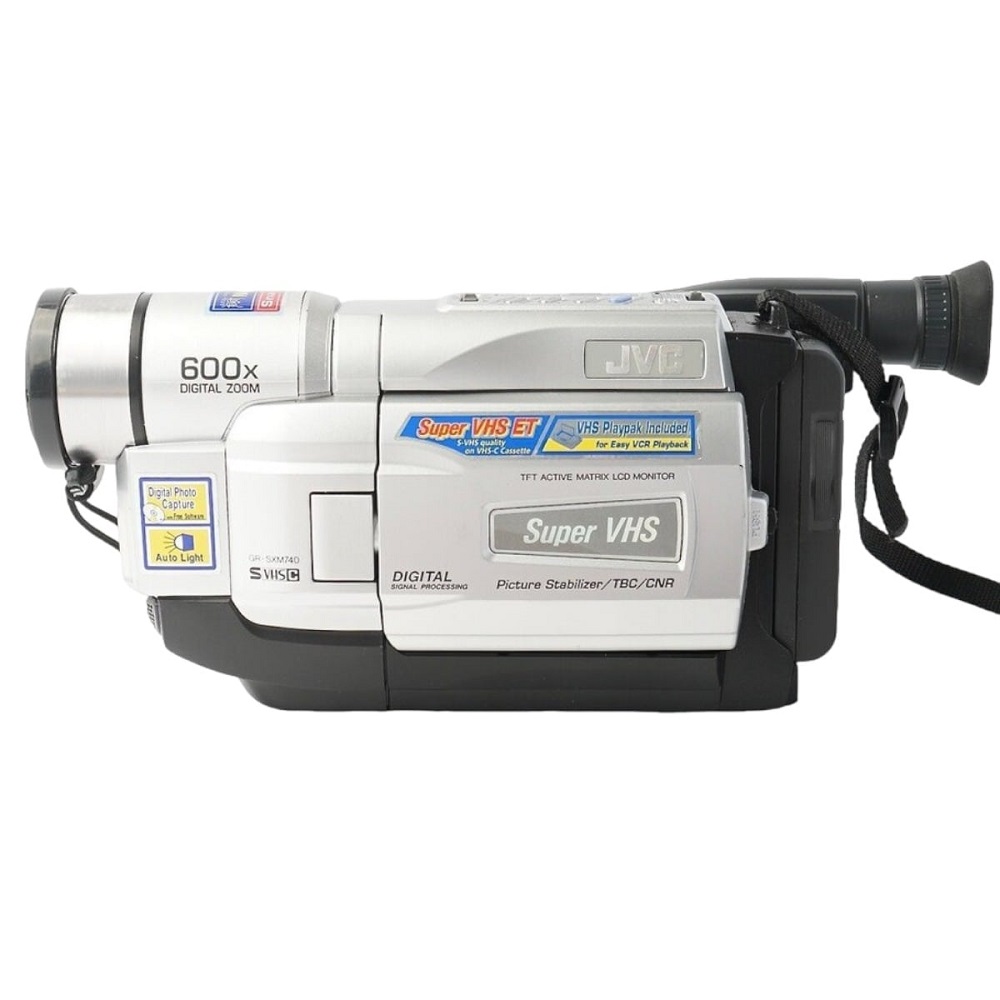The 1990s marked a significant turning point in personal video recording, thanks in large part to the introduction of VHS-C camcorder. These compact devices revolutionized home video recording and allowed families to capture precious moments with relative ease. As we take a nostalgic trip down memory lane, we’ll explore some of the most iconic VHS-C camcorders from the era, discussing their features, popularity, and what made them stand out during their time.
Introduction to VHS-C Technology
What is VHS-C?
VHS-C, or Video Home System Compact, emerged as a more portable alternative to the standard VHS format. Introduced by JVC in the mid-1980s, VHS-C used the same magnetic tape technology as VHS but was designed to fit in smaller camcorders. This made it easier to handle and carry compared to traditional bulky camcorders.
The compact size of VHS-C tapes made them ideal for casual users who wanted to document family events, vacations, and day-to-day activities without the cumbersome equipment that came with standard VHS camcorders. Ultimately, VHS-C became popular for its convenience, opening the door for home video recording to a broader audience.
The Rise of Portable Video Recording
The late 80s and early 90s saw a significant rise in the popularity of home video recording. Families began transitioning from still photography to video, capturing moving moments like birthday parties, graduations, and family vacations. The affordability of VHS-C camcorders contributed to this trend, as they provided value without sacrificing quality.
As more families invested in these devices, the market became competitive, leading manufacturers to innovate continually. This competition fueled the development of advanced features, making VHS-C camcorders increasingly appealing for home users.

Top Camcorders of the 90s
JVC GR-C1: The Pioneer
The JVC GR-C1 camcorder stood out as one of the first VHS-C camcorders to hit the market in the early 1980s. While technically released before the 90s, its impact was felt throughout the decade. This compact device was notable for its ease of use, allowing families to capture moments without the need for extensive training or technical knowledge.
With a simple design and basic features like an optical zoom, the GR-C1 carved out a lasting legacy in the world of video recording. It paved the way for subsequent models that incorporated more advanced features, enabling users to capture higher-quality video with ease. Many families fondly remember starting their video recording journey with this camcorder, reflecting its long-lasting influence.
Panasonic NV-RX30: The Versatile Choice
Another iconic model from the 90s was the Panasonic NV-RX30. This camcorder quickly gained popularity due to its versatility and exceptional image quality. The RX30 featured an impressive 22x optical zoom, enabling users to capture distant subjects with clarity. This zoom capability was particularly appealing for outdoor events and sports, where users often needed to capture fast-paced action.
Additionally, the NV-RX30 included features such as digital image stabilization and an LCD screen, enhancing usability. Users could easily frame their shots and view recorded footage without needing to rewind tapes. These advancements positioned the RX30 as a must-have for families looking to document moments with improved quality and ease.
The Influence of Sony
Sony CCD-TRV65: Compact and Powerful
Sony also made waves in the home video market during the 90s with its CCD-TRV65 model. Known for its compact design and powerful features, this camcorder became a household favorite. It boasted 18x optical zoom, providing excellent versatility for capturing various scenes.
Beyond optical zoom, the CCD-TRV65 offered features like a built-in light for low-light situations, allowing users to capture clear video even in dimly lit environments. Reliable performance and superior image quality made this model a top contender among VHS-C camcorders, solidifying Sony’s reputation for creating high-quality recording devices.
Sony DCR-VX1000: The Professional’s Choice
For aspiring filmmakers and enthusiasts, the Sony DCR-VX1000 broke new ground. Released in the mid-90s, this camcorder was the first to utilize MiniDV technology while remaining compatible with VHS-C. However, its excellent video quality and professional-grade features appealed to serious videographers and hobbyists alike.
The DCR-VX1000 included advanced features like manual focus and exposure controls, allowing users to experiment with different filming techniques. This camcorder paved the way for a new generation of video recording equipment. Its arrival marked a shift in how home videos could be produced, inspiring future filmmakers to explore their craft.

Features That Changed the Game
Image Quality Enhancements
During the 90s, VHS-C camcorder saw significant advancements in image quality. Many models began incorporating improved optics and image sensors, resulting in clearer and more vibrant footage compared to earlier models. Features such as electronic image stabilization helped reduce shaky footage, making home videos more enjoyable to watch.
The enhanced image quality allowed users to record life’s moments with better fidelity, resulting in lasting memories stored on video. Families could proudly share their videos with friends and relatives, showcasing their experiences in vibrant detail.
Low-Light Performance
Home video recording often takes place in various lighting conditions, and the 90s saw significant improvements in low-light performance. Some models, like the Panasonic NV-RX30, featured built-in lights or specialized sensors to assist in recording during darker events. This capability was especially important for capturing precious moments during evening gatherings, celebrations, and other low-illumination situations.
These enhancements provided greater flexibility to users and made it possible to capture activities without turning on bright lights, allowing for more authentic recollections of family events.
The Cultural Impact of VHS-C Camcorders
A Shift in Family Dynamics
The rise of VHS-C camcorders transformed how families engaged with one another. Before their widespread adoption, families primarily took still photos, which missed out on the richness of capturing movement and sound.
With the introduction of video recording, families began to document day-to-day life more comprehensively. Birthdays, reunions, and school performances could now be recorded, allowing families to relive special moments more vividly. This shift played a crucial role in keeping memories alive and cherished for generations to come.
Bringing Technology to the Average Consumer
The affordability of VHS-C camcorders democratized video technology, making it accessible to a broader audience. They became a staple at family events and school functions, creating a cultural shift in how people viewed and engaged with technology. Video recording became a way for families to share experiences, preserving them for future generations.
By making video recording easy and enjoyable, these camcorders opened the floodgates for future innovations in personal video technology, influencing generations of filmmakers, content creators, and everyday users.

Nostalgia and Collectibility
Collecting Vintage Equipment
Today, VHS-C camcorders hold a unique place in the hearts of many individuals who grew up in the 90s. Collecting vintage cameras and camcorders has become a popular hobby for enthusiasts. As technology rapidly evolves, nostalgia for simpler times drives many to seek out these devices for personal use or display.
For collectors, owning a well-maintained VHS-C camcorder serves as a tangible connection to the past. Many enthusiasts cherish these devices, both for their nostalgic value and their role in shaping the video recording landscape.
Restoring Memories
Another growing trend is the digitization of old VHS-C tapes. Many families are working to restore their cherished video memories by transferring them to digital formats. This process not only preserves these memories for future generations but taps into the growing demand for content that reflects personal history.
By investing time and resources in digitizing old tapes, families can continue to share their stories, allowing their rich legacy to live on through the digital realm.
A Lasting Legacy
VHS-C camcorder from the 90s changed the landscape of personal video recording forever. They transformed the way families documented their lives and left a lasting impact on how we experience and share memories. The simplicity, affordability, and user-friendliness of these devices made recording videos a part of daily life.
Today, as we reflect on the features and brands that defined this era, it’s important to recognize their contributions to both technology and society. The nostalgia they evoke serves as a reminder of the joy and connection shared through home videos. For many, VHS-C camcorders are more than just machines; they represent countless treasured moments captured on film.
As technology continues to evolve, it’s worth taking a moment to appreciate the humble VHS-C camcorder and the impact it had on our lives. Those devices ushered in a new era of memory capturing, allowing personal history to be preserved for years to come. Whether you’re a collector, a digital archivist, or simply a nostalgic viewer, the legacy of VHS-C camcorders remains an integral part of the story of home video recording.
